Table of content
Passion fruit, scientifically known as Passiflora edulis, is a tropical treasure renowned for its vibrant flavor, aromatic seeds, and nutritional richness. Bursting with antioxidants, vitamins, and dietary fiber, this exotic fruit is a favorite in juices, desserts, and salads. However, its delicate nature poses a challenge: passion fruit has a relatively short shelf life, often succumbing to spoilage within days if not stored properly. This article explores science-backed methods to preserve passion fruit, ensuring its freshness, flavor, and nutritional value endure for weeks or even months. From refrigeration to advanced techniques like freezing and dehydration, we delve into actionable strategies to maximize longevity.
Understanding Passion Fruit Spoilage
Before diving into preservation techniques, it’s crucial to grasp why passion fruit deteriorates quickly. The fruit’s thin, waxy rind is prone to moisture loss, while its high sugar content and acidic pulp create an ideal environment for microbial growth. Factors like temperature fluctuations, humidity, and physical damage (e.g., bruising) accelerate spoilage. Ripe passion fruit typically lasts 7–10 days at room temperature but can begin to ferment or develop mold within days if exposed to heat or moisture.
Optimal Refrigeration: The First Line of Defense
Refrigeration is the simplest way to extend the life of passion fruit. However, improper storage can lead to freezer burn or flavor loss. Follow these steps:
A. Whole Fruits
- Temperature Control: Store at 40–45°F (4–7°C). Avoid colder settings, as they may cause chilling injury.
- Packaging: Place fruits in a breathable container, such as a paper bag or mesh produce sack. This prevents moisture buildup while allowing ethylene gas (a ripening hormone) to escape.
- Placement: Keep passion fruit in the crisper drawer, away from ethylene-producing fruits like bananas or apples, which can hasten ripening.
Shelf Life: Refrigerated whole passion fruit can last 2–3 weeks.
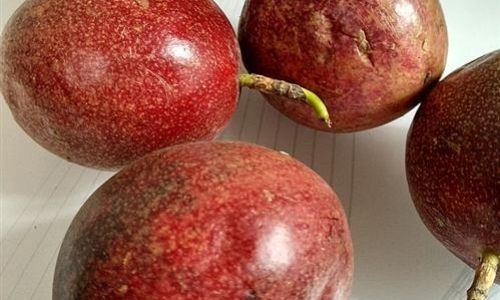
B. Cut or Sliced Fruits
- Sealing: Wrap cut passion fruit tightly in plastic wrap or store in an airtight container to prevent oxidation and dehydration.
- Acidic Treatment: Lightly brush the exposed pulp with lemon juice to inhibit bacterial growth.
Shelf Life: Sliced passion fruit will keep for 3–5 days in the refrigerator.
Freezing: Preserving for Months
Freezing is ideal for long-term storage, though texture changes are inevitable. Here’s how to freeze passion fruit effectively:
A. Pulp Freezing
- Preparation: Halve the fruit and scoop out the pulp, seeds, and juice.
- Sweetening (Optional): Mix with sugar (1:1 ratio) to retain flavor and prevent crystallization.
- Portioning: Pour the mixture into ice cube trays or silicone molds for easy use later.
- Storage: Transfer frozen cubes to a freezer-safe bag, removing excess air. Label with the date.
Shelf Life: Frozen pulp lasts 6–12 months.
B. Whole Fruit Freezing
- Method: Place unripe passion fruit in a single layer on a baking sheet. Freeze until solid, then transfer to a container.
- Caution: Ripe fruits may become mushy upon thawing, so this method is best for unripe specimens.
Shelf Life: 3–4 months.
C. Thawing Tips
- Use frozen pulp directly in smoothies, sauces, or baked goods without thawing.
- For thawed pulp, drain excess liquid to avoid wateriness.
Dehydration: Transforming into Dried Delights
Dehydrating passion fruit removes moisture, inhibiting microbial activity. This method yields concentrated flavor and extends shelf life indefinitely when stored correctly.
A. Oven Drying
- Preparation: Preheat the oven to 135–145°F (57–63°C). Slice the fruit into thin rings or halves.
- Drying: Arrange slices on a parchment-lined baking sheet. Bake for 8–12 hours, flipping occasionally.
- Testing: Fruits are dry when leathery and no moisture remains.
B. Food Dehydrator Method
- Follow the manufacturer’s instructions, typically setting the temperature to 125°F (52°C) for 6–10 hours.
C. Storage
- Store dried passion fruit in airtight jars or vacuum-sealed bags in a cool, dark place.
Uses: Rehydrate slices for tea, grind into powder for seasonings, or enjoy as crunchy snacks.
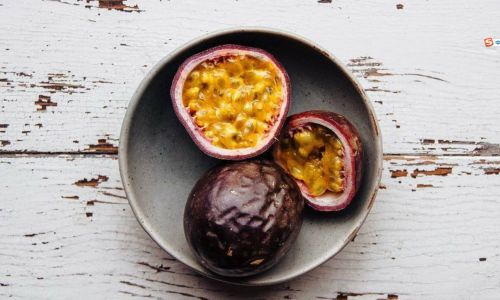
Shelf Life: 6–12 months when properly stored.
Canning and Preserving: Classic Techniques for Sweetness
Canning passion fruit in syrup or jam form locks in flavor while creating shelf-stable products.
A. Passion Fruit Jam
- Ingredients: 4 cups passion fruit pulp, 4 cups sugar, 1 tbsp lemon juice.
- Cooking: Simmer the mixture until it reaches 220°F (104°C) on a candy thermometer.
- Sterilization: Pour hot jam into sterilized jars, leaving ¼-inch headspace.
- Processing: Seal jars and boil in a water bath for 10 minutes.
B. Syrup Preservation
- Boil passion fruit segments in a sugar syrup (1:1 ratio) for 5 minutes. Store in sterilized jars.
Shelf Life: Canned products last 1–2 years unopened.
Vacuum Sealing: Eliminating Oxygen for Prolonged Freshness
Vacuum sealing removes air, slowing oxidation and microbial growth.
A. Whole Fruits
- Place unwashed passion fruit in vacuum-seal bags. Seal using a machine designed for fresh produce.
Shelf Life: 3–4 weeks in the refrigerator.
B. Pulp or Puree
- Freeze pulp first, then vacuum-seal for double protection against freezer burn.
Shelf Life: 1–2 years frozen.
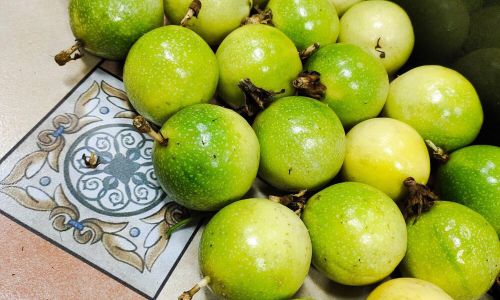
Ethylene Absorbers: Controlling Ripening Hormones
Ethylene gas accelerates ripening and spoilage. Use ethylene-absorbing sachets (e.g., those containing potassium permanganate) in storage containers to delay decay.
Application: Place sachets in refrigerator drawers or fruit bowls alongside passion fruit.
Avoiding Common Pitfalls
- Never Wash Before Storage: Moisture promotes mold. Clean just before use.
- Inspect Regularly: Remove spoiled fruits to prevent cross-contamination.
- Avoid Plastic Bags Without Ventilation: Trapped moisture hastens spoilage.
Creative Uses for Aging Passion Fruit
Even as passion fruit nears its prime, repurpose it creatively:
- Fermentation: Make passion fruit vinegar or wine.
- Infusions: Steep in vodka or rum for tropical liqueurs.
- Baking: Use slightly overripe fruits in muffins or tarts.
Conclusion: Tailoring Methods to Your Needs
The best preservation technique depends on your usage timeline and culinary preferences. For short-term freshness, refrigeration suffices. Freezing and dehydration cater to long-term storage, while canning offers a timeless twist. By combining science with practicality, you can savor the tangy-sweet allure of passion fruit year-round, transforming a fleeting delight into a lasting kitchen staple.
Final Tip: Label all stored items with dates to track freshness and avoid waste. With these strategies, the essence of passion fruit’s vibrant flavor will endure, ensuring every dish bursts with tropical sunshine.

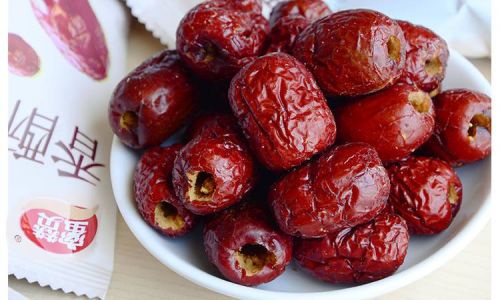
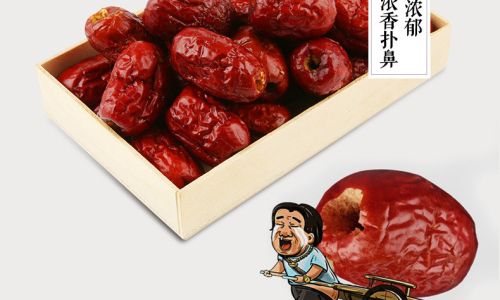
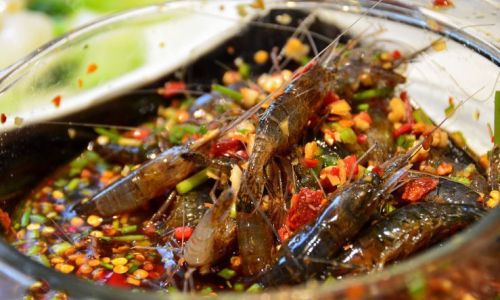
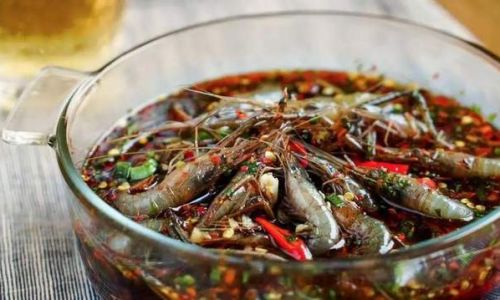
0 comments